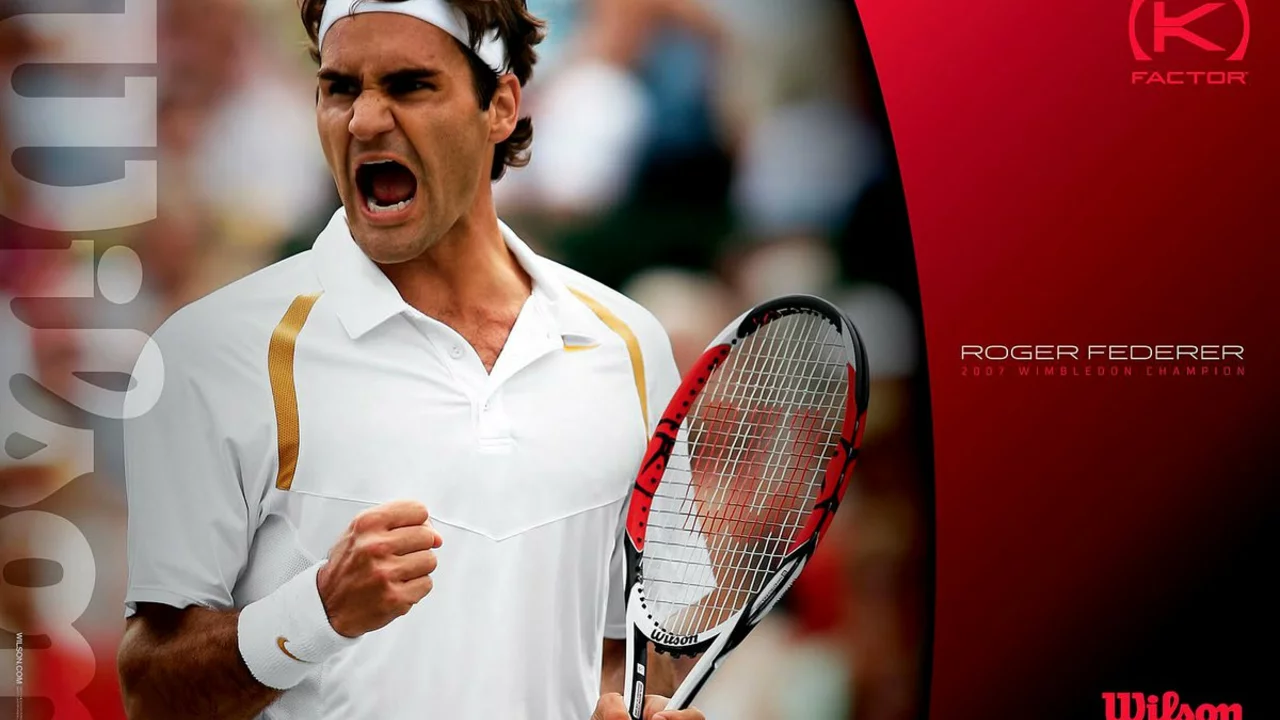Roger Federer: Wimbledon Hero and Tennis Inspiration
If you’ve ever watched a Wimbledon final, you know the name Roger Federer. The Swiss maestro’s grace, power, and sportsmanship turned matches into must‑see events. But beyond the trophies, Federer leaves a playbook you can copy – whether you’re a casual player or an aspiring pro.
Why Federer Dominated Wimbledon
Federer’s game fits the grass courts perfectly. He mixes a smooth serve with an aggressive forehand that stays low, letting the ball skid after the bounce. His footwork is almost balletic: quick, light, and always positioned for the next shot. That combination gave him a record eight Wimbledon titles, more than any other male player.
Another secret? He treats every match like a learning session. Even on a bad day, Federer watches his own footage, tweaks a foot‑placement habit, and comes back sharper. That mindset helps you improve fast – watch yourself, spot tiny flaws, and fix them.
Practical Tips from Federer’s Playbook
1. Master the Serve‑and‑Volley Blend – Federer doesn’t rely on pure power. He serves to set up a volley, especially on fast surfaces. Try a simple routine: serve wide, step forward, and finish with a short, controlled volley. You’ll keep opponents guessing and shorten points.
2. Keep Your Grip Light – A tight grip wastes energy and reduces feel. Federer’s grip is firm enough for control but relaxed enough to absorb impact. When you practice, consciously loosen your fingers after each swing and feel the racket’s vibration.
3. Focus on One‑Step Footwork – Instead of big, awkward strides, Federer uses short, precise steps. This lets him adjust instantly. In drills, mark a line a few inches behind the ball’s landing spot and practice stepping to it before hitting.
4. Stay Calm Under Pressure – Federer’s famous “slow‑down” breathing before a tiebreak keeps his heart rate low. Try inhaling for four counts, holding for two, and exhaling for four. Repeat a few times before critical points.
5. Play the Whole Court – He never stays glued to the baseline. Federer drifts to the net, slides into the backhand corner, and changes direction swiftly. Add a “court‑cover” drill: after every forehand, move to the opposite side and hit a backhand, then return.
Implementing just one of these habits can raise your game noticeably. The key is consistency – make it a part of every practice session, not a one‑off.
Roger Federer may have retired from Grand Slam finals, but his influence lives on in every player who watches his matches. By studying his technique, mindset, and on‑court habits, you can bring a slice of Wimbledon magic to your own tennis journey. So grab a racket, head to the nearest court, and start applying these lessons. Who knows? Your next big win might feel a little like a Federer moment.

